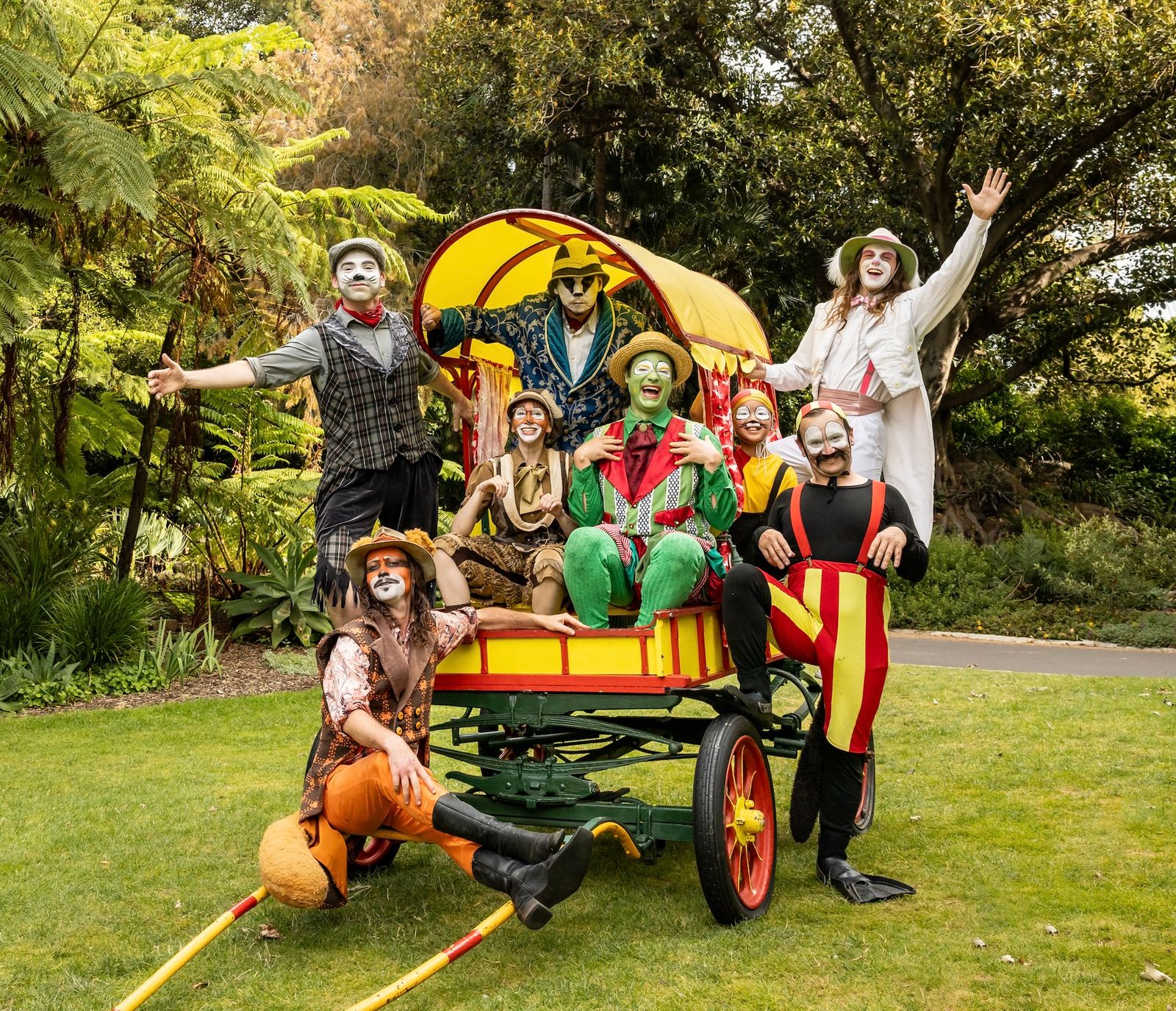About the Company

The company in it's current form began life as Shakespeare Under the Stars in 1987 under the direction of Glenn Elston, who pioneered the experience of outdoor theatre in Australia. Glenn joined the Australian Shakespeare Company in 1998 as Artistic Director and Producer. He has since developed the company into Australia’s largest independent theatre company.
Over the last thirty-years Glenn’s award winning annual outdoor productions of William Shakespeare’s texts and The Wind in the Willows have played to over a million people within Australia.
The Australian Shakespeare Company performs and tours from regional cities, to remote and outback settings. Performance spaces range from Melbourne and Sydney’s Royal Botanic Gardens to Kakadu National Park and Beswick Falls in the Northern Territory. Audiences include families, seniors, tourists, students and young professionals, all of whom experience the magic of outdoor performances with some of Australia’s finest professional performers and creative artists.
Although best known for performances in parks and gardens, the Australian Shakespeare Company has also created and continues to create extraordinary productions for a range of locations that are not only outdoors. Productions previously have been site specific and adapted for particular communities and occasions.
In 2010 the company launched the Young Bards education programme for 7 to 18 year-olds. With this programme the Australian Shakespeare Company extends its vision to continue to develop exciting, contemporary theatre produced the way Shakespeare intended; unshackled from traditional constraints, accessible and above all entertaining for everyone.
The Australian Shakespeare Company was founded in 1982 by British actor and director Neale Warrington, with co-founders Ivan Calnin, Laurence Balshaw-Blake, David Peake, Phillip Beckensall, Barry Robinson, Barry Berger and Rex Perry. Under the Artistic Directorship of Neale Warrington, activities included numerous Shakespeare productions in Melbourne and regional Victoria. A significant achievement during this period was the establishment of the Shakespeare on the River Festival in 1992 at Stratford in Victoria. This annual festival has played an important creative role in rural Victoria, growing to include over 20 different events over a two and a half week period.
The Australian Shakespeare Company’s work and tours have been supported by the Australia Council and Playing Australia, as well as generous in-kind support from corporate organisations.
Venues The Australian Shakespeare Company have played include:
Adelaide Botanic Garden – Adelaide Festival
Anbangbang Billabong
Arts Centre Melbourne
Bangalow Showgrounds
Birrarung Park – Melbourne
Brisbane Botanic Garden
Bundaberg Botanic Gardens
Canberra Gardens – Canberra Festival
Castlemaine Garden – Castlemaine Festival
Darwin Amphitheatre
Flecker Botanic Gardens – Cairns
Geelong Botanic Garden
Jabiru
Katherine Showgrounds
Kew Gardens, London
Kununurra Ampitheatre
Lions Park – Weipa
Mackay Civic Gardens
Malkgulumby – Beswick Falls
Mt Isa
Nhulunbuy
Perth Kings Park
Queens Gardens – Townsville
Royal Botanic Gardens Sydney
Royal Botanic Gardens Victoria
Royal Botanic Gardens Kew
Ripponlea House and Gardens
Sale Botanic Gardens
Sydney Centennial Park
Sydney Opera House
Tenant Creek
Thursday Island High School Oval
Toowoomba Botanic Gardens
Wakehurst Sussex, UK
Werribee Mansion
